An observatory is a location used for observing terrestrial, marine, or celestial events. Astronomy, climatology/meteorology, geophysics, oceanography and volcanology are examples of disciplines for which observatories have been constructed. We have handpicked a number of observatories, which are worth taking a closer look.
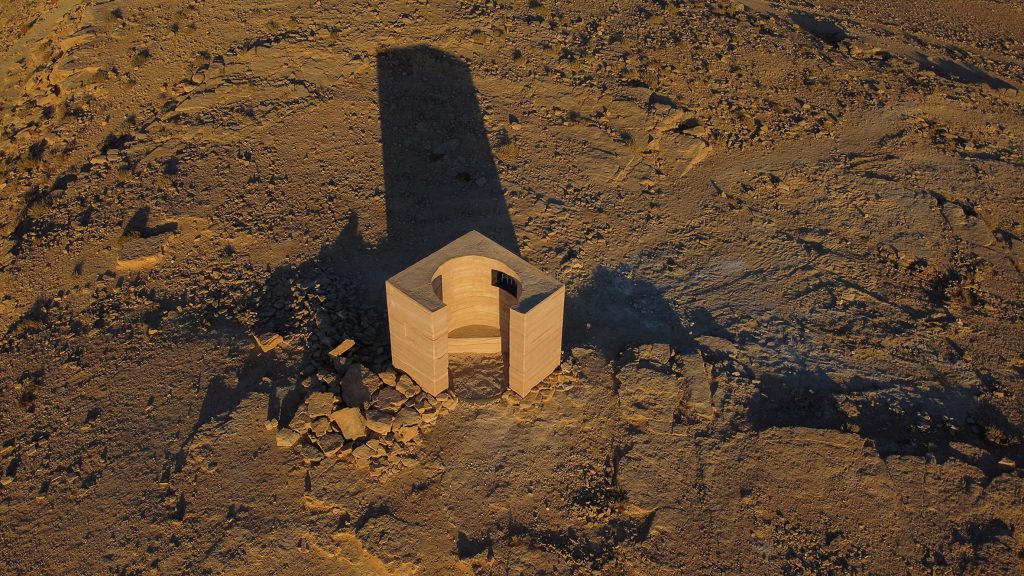
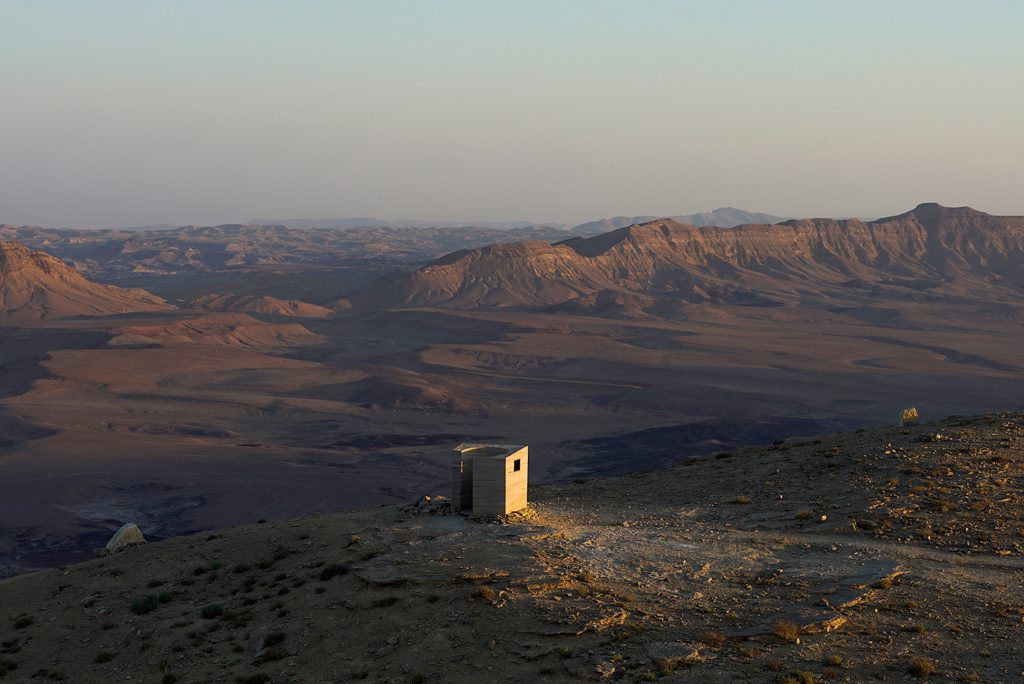
Landroom observatory by Gitai Architects (also header image)
Gitai Architects with offices in Paris and Haifa has used rammed earth and stones from the nearby Mitzpe Ramon crater to build an observatory in Israel’s Negev desert. Named The Landroom, the minimal 6sqm environmental structure functions as an observatory for the stars at night and provides shelter from the sunlight for visitors in the daytime offering enough room to accommodate two people.
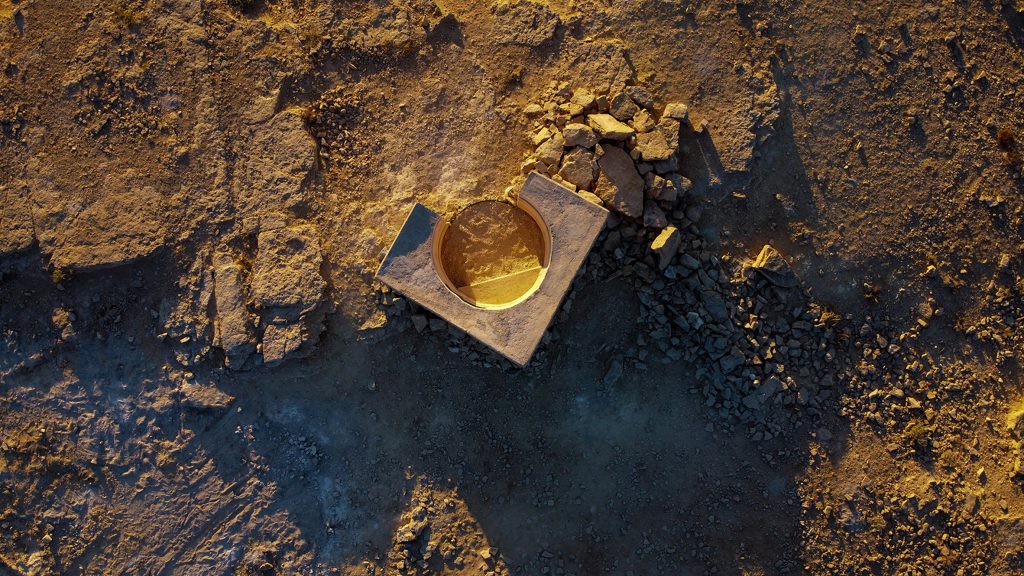
Landroom observatory by Gitai Architects
According to the founder Ben Ori Gitai, the project is “a call to our ancient instinct to look up to the stars for guidance.” The square building boasts a circular interior that is characterized by an opening facing the desert. The structure has no roof but instead is open to the desert sky to give visitors a view of the stars framed by its pressed-earth walls.
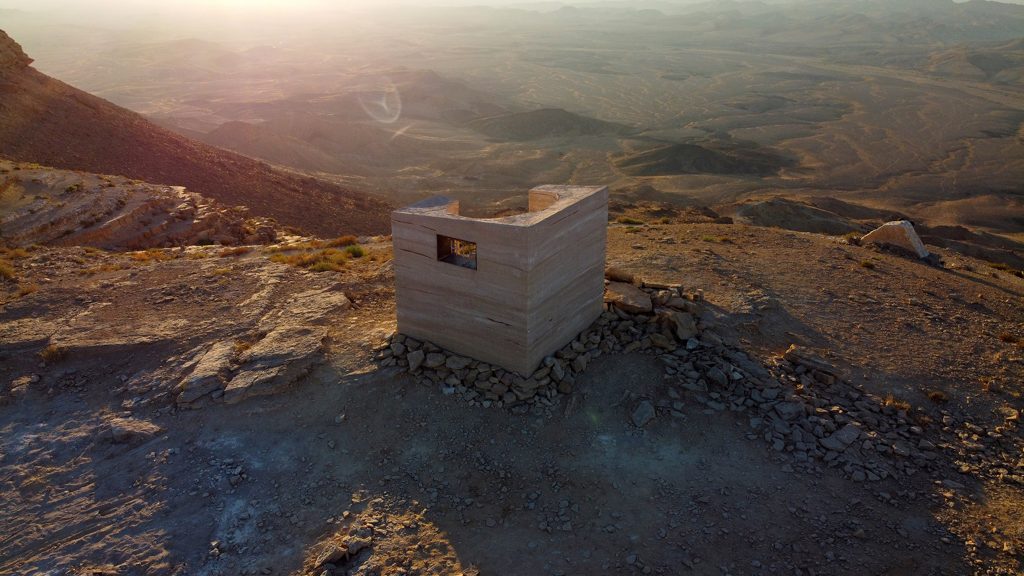
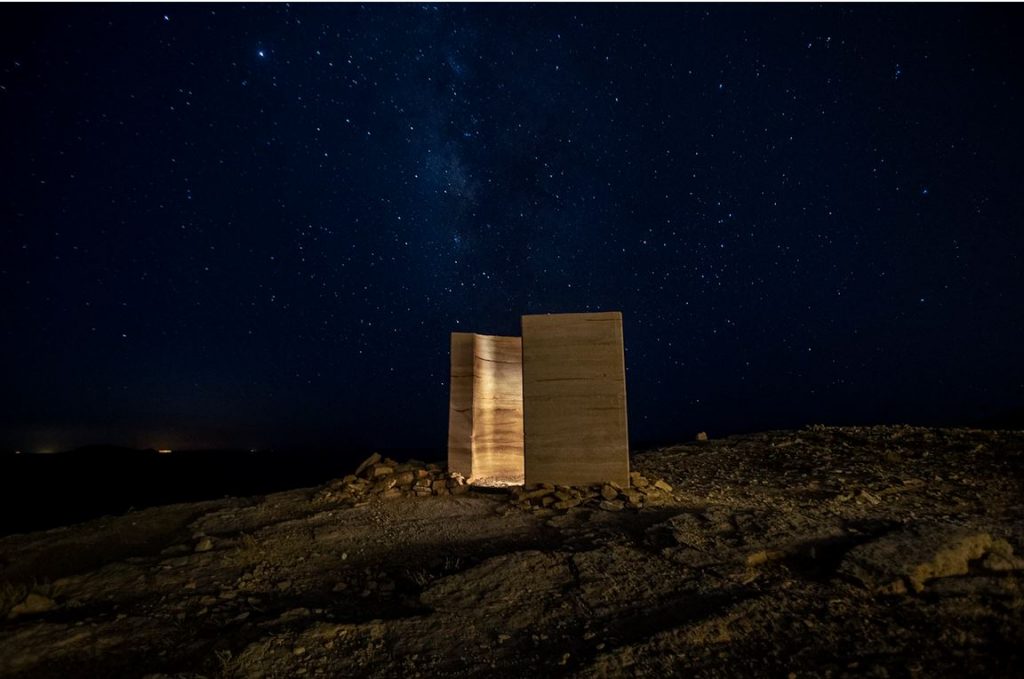
Landroom observatory by Gitai Architects
The construction process involves compressing layers of soil into a mold created specifically for the design of the project, in order to create the a visual stratification of the material from which the Landroom is built.
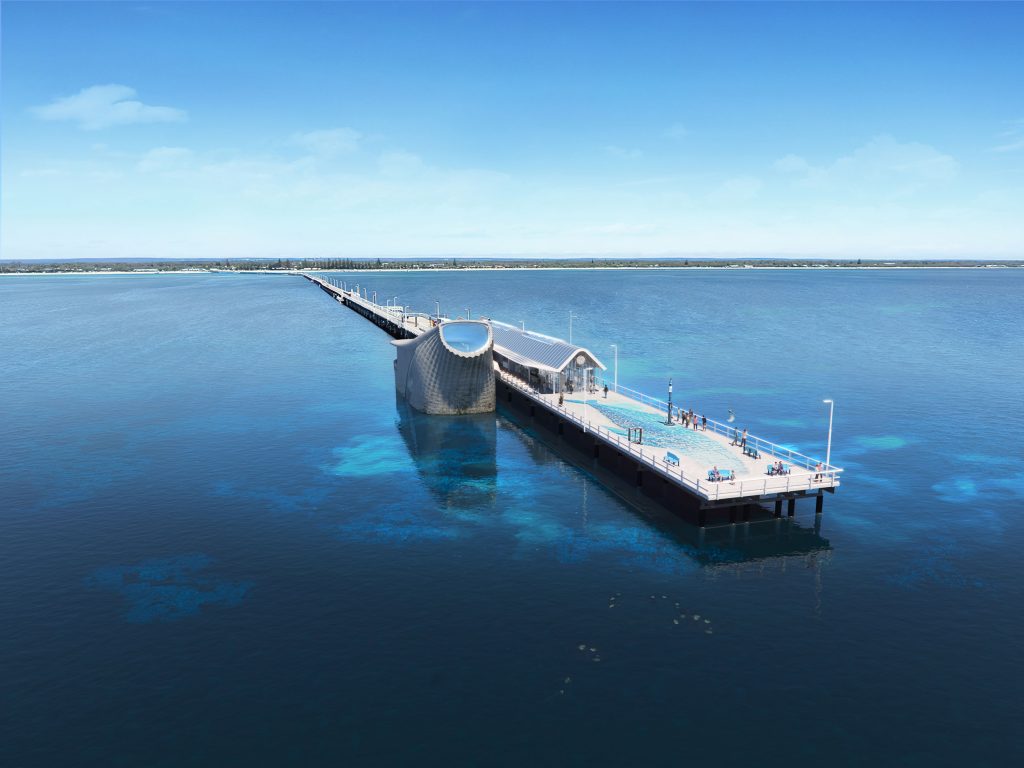
Australian Underwater Discovery Centre by Baca Architects
Two kilometres out at sea beside Busselton Jetty in Western Australia, local Baca Architects has designed a marine observatory called the Australian Underwater Discovery Centre (AUDC) that is meant to replace an existing observatory currently struggling to meet visitor demand. The operator sought to create the world’s largest centre of its kind, open for both the public and scientists to observe the marine habitats of Geographe Bay.
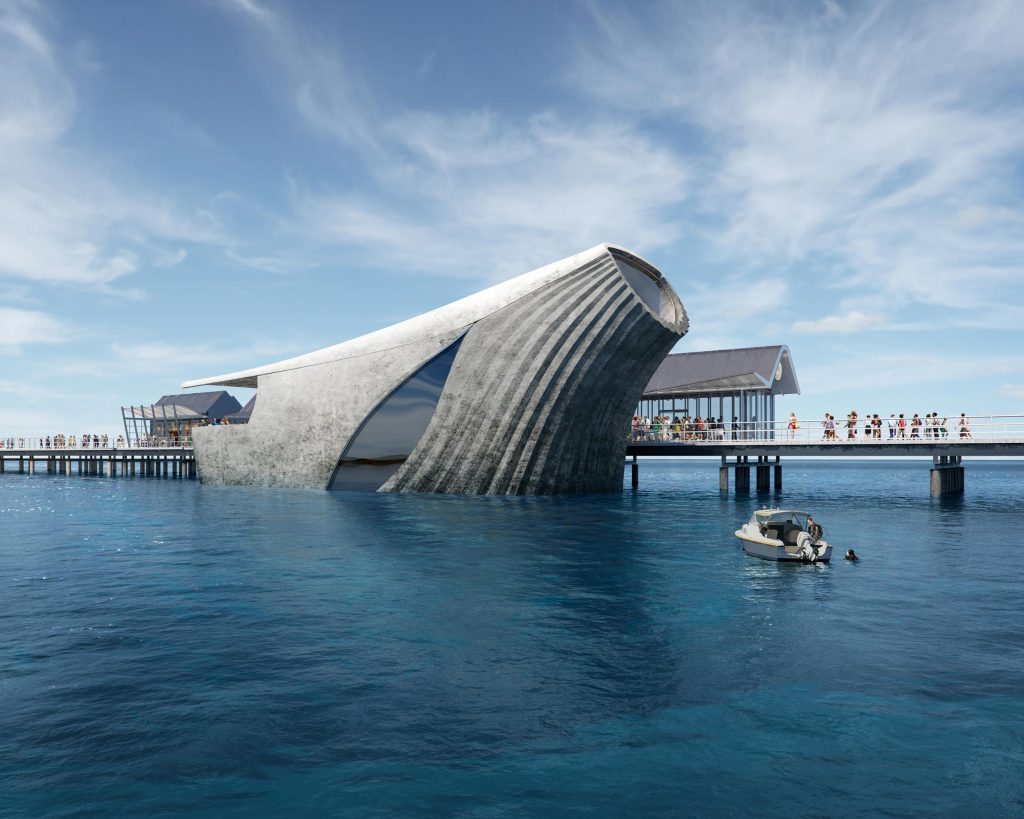
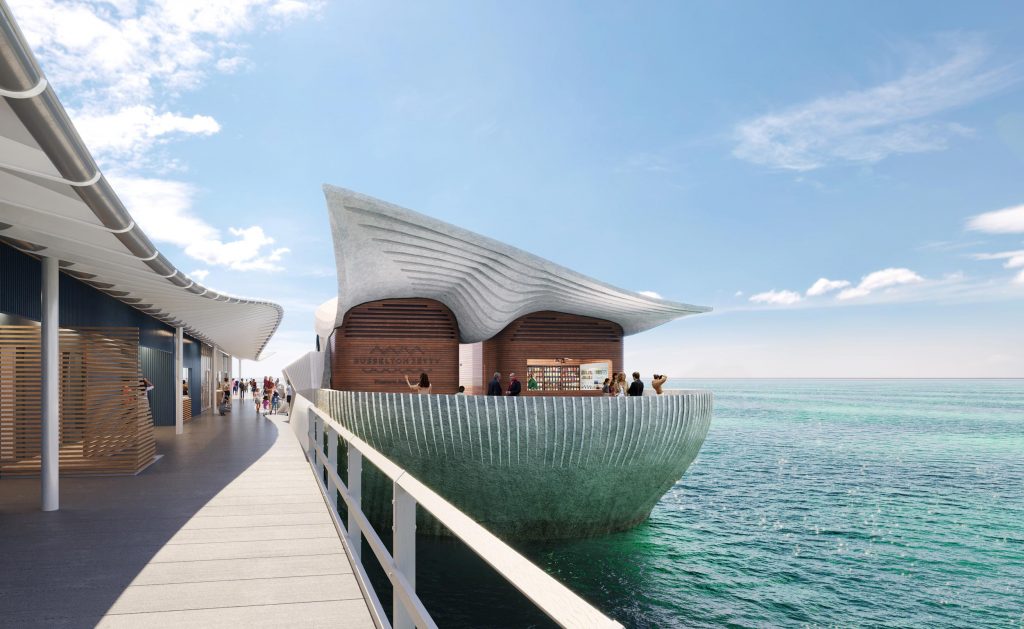
Australian Underwater Discovery Centre by Baca Architects
The AUDC is built from concrete that was chosen for its durability and ability to withstand harsh conditions, such as in marine environments, while a light-frame roof is constructed by yacht builders.
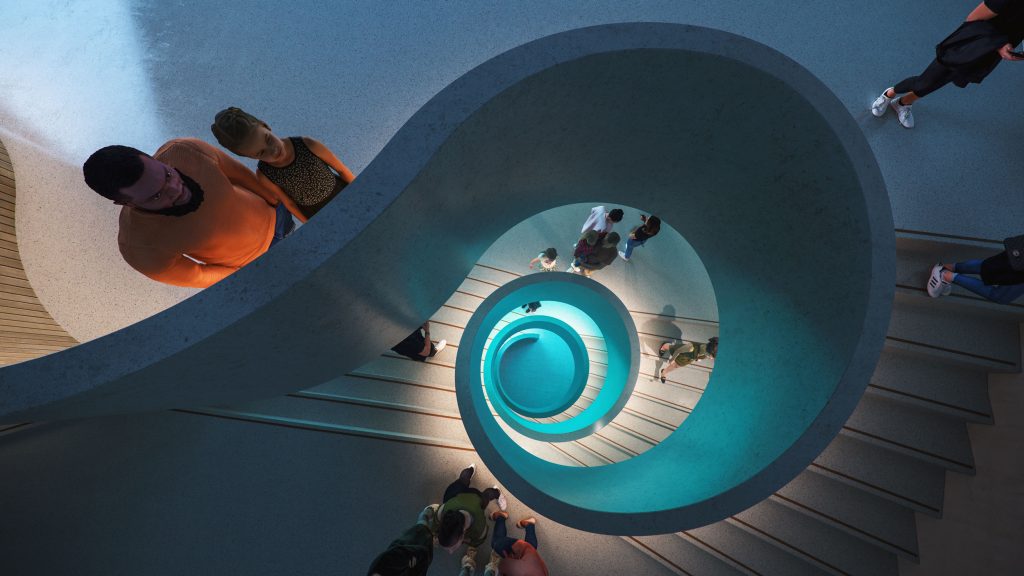
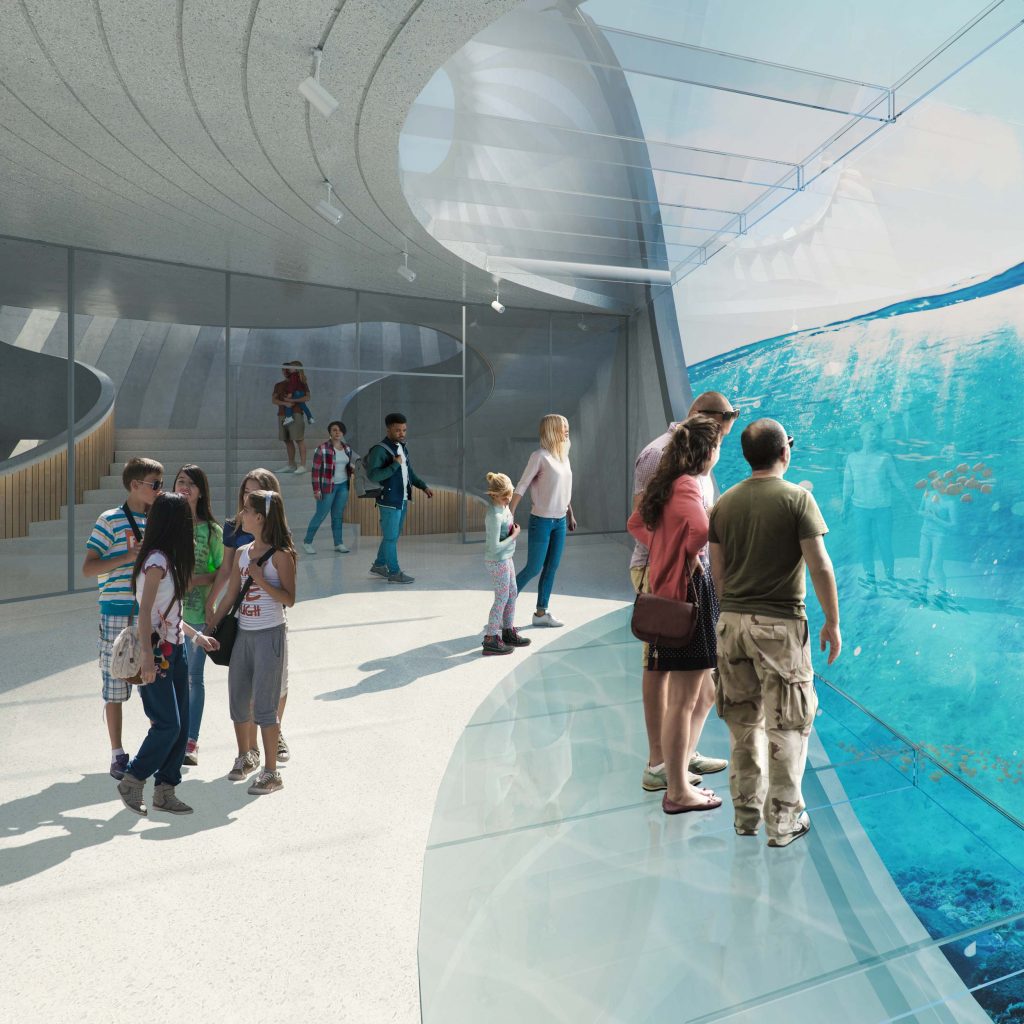
Australian Underwater Discovery Centre by Baca Architects
Positioned partially underwater, the new structure mimics a whale surfacing off the shore. Aiming to become the landmark that draws tourists in, the building features a large window literally overlooking the ocean floor. Another structured window that extends the full height of the building is intended to evoke “the cetacean’s eye”.

Australian Underwater Discovery Centre by Baca Architects
The AUDC will be complete with a restaurant below sea level, and sculptures and artwork positioned out on the ocean floor.
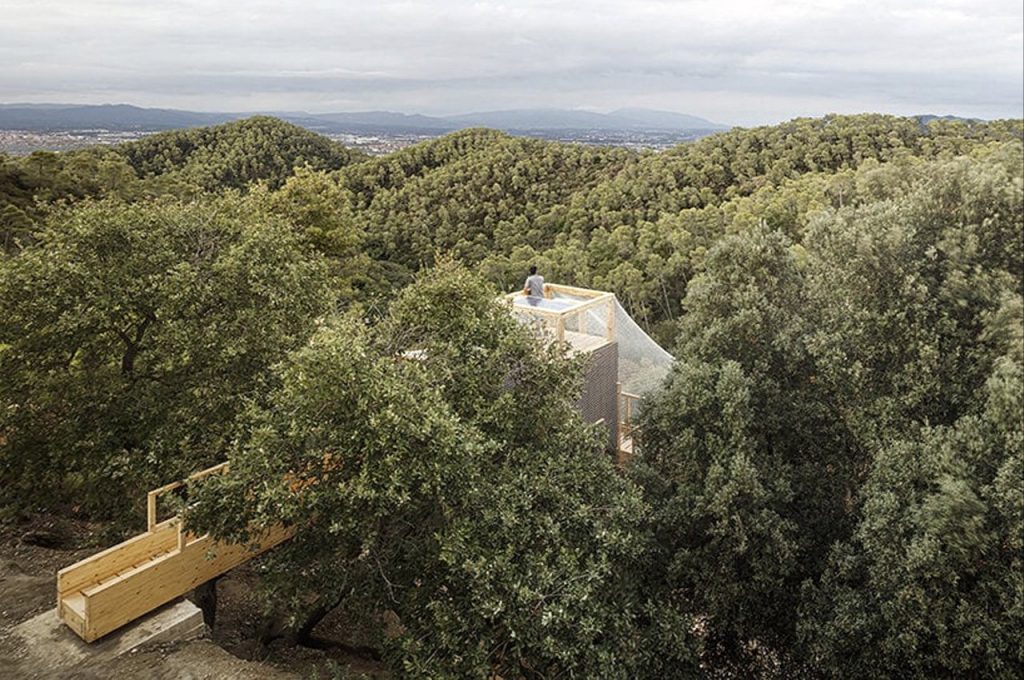
FLORA by IAAC
Dubbed the Forest Lab for Observational Research and Analysis (FLORA), the observatory designed and built by a team of students and researchers from the Institute for Advanced Architecture of Catalonia (IAAC) is an innovative and unique scientific research facility suspended among the treetops of Barcelona‘s Collserola Natural Park.
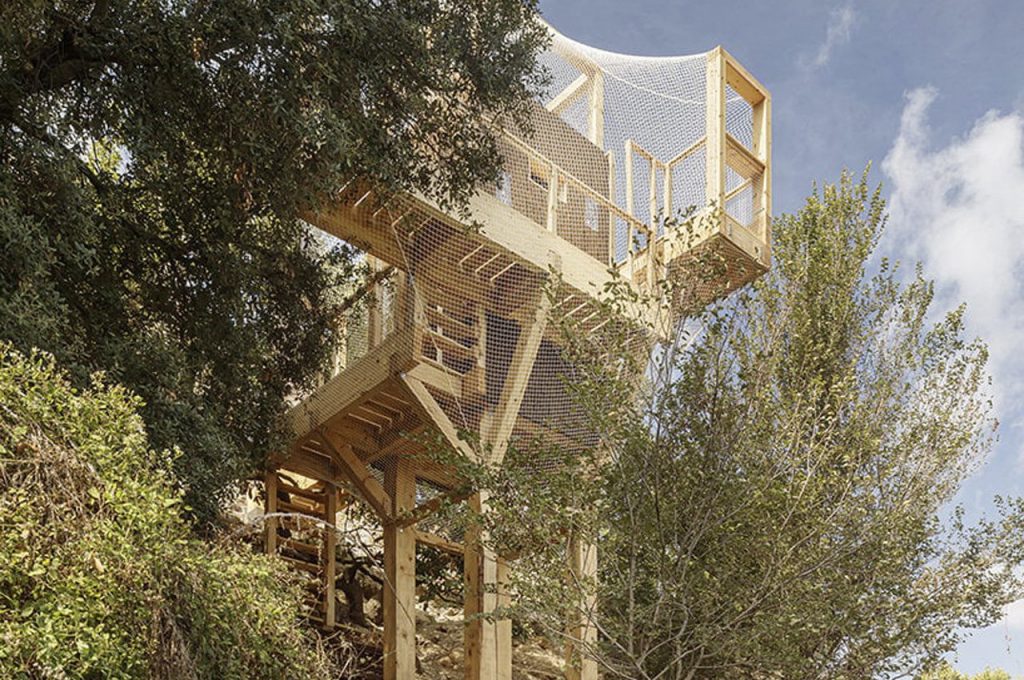
FLORA by IAAC
The observatory is designed by the IAAC team to house a researcher who will be studying the biodiversity of the park and utilizing FLORA’s new weather station for a certain period of time. The facility is the first building that allows for the observation of the forest canopy, inspired by the work of the American biologist Margaret D. Lowman and her hanging walkways.
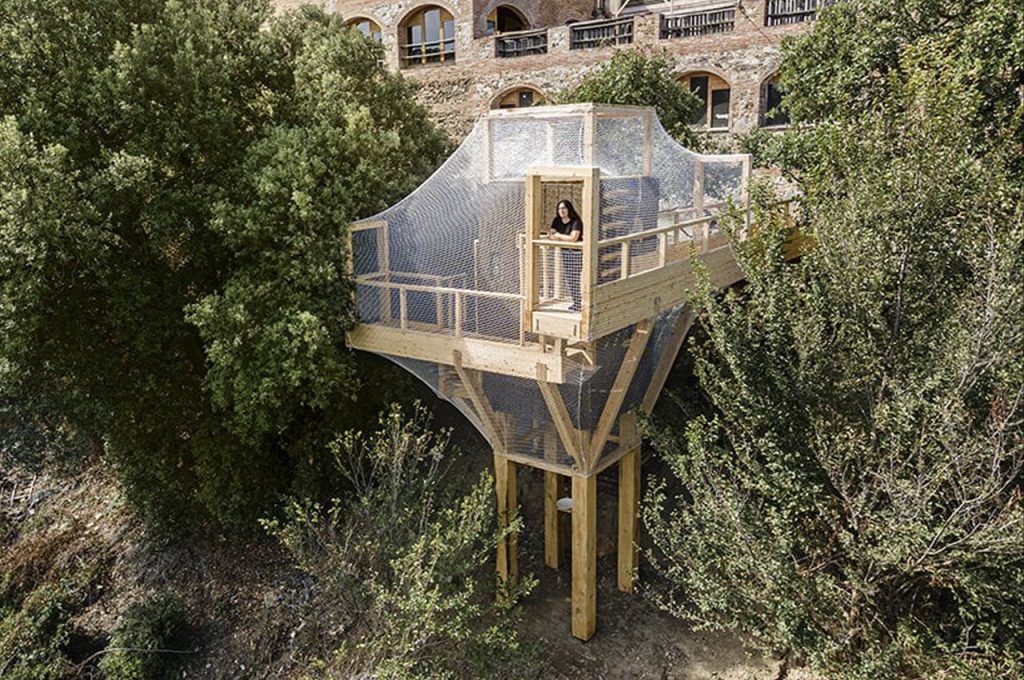
FLORA by IAAC
Measuring over 8.5 meters in height, the structure is built from invasive pine trees sourced within the Catalan park through rigorous sustainable forest management and traceability procedures. Seventy trees were cut and processed by the master students to create cross-laminated timber panels, laminated beams, and solid wood elements. The CLT structure is protected by two layers of natural cork panels, providing thermal and acoustic insulation.
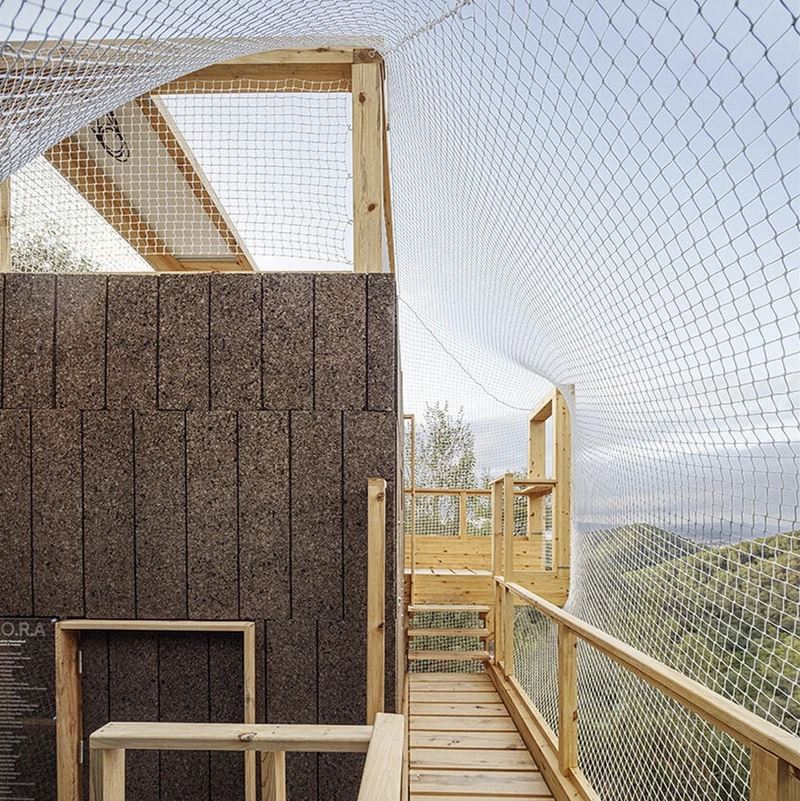
FLORA by IAAC
The observatory includes a bird radio, bird houses, working and projection space, as well as bird-watching spaces. The project seeks to better understand the biodiversity of the park and observe how the effects of climate change are influencing it.
The project serves as an excellent example of how sustainable forest management can be used to construct scientific facilities while also protecting the natural environment.